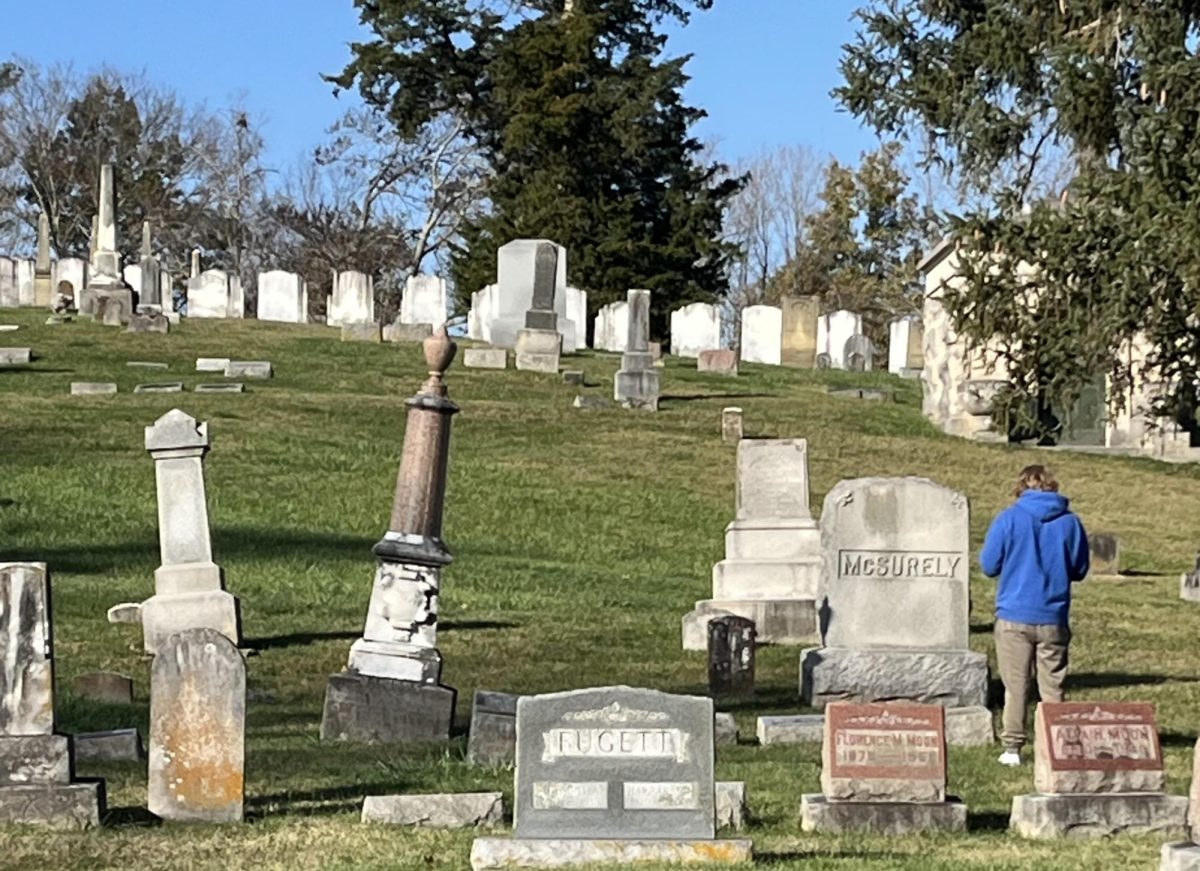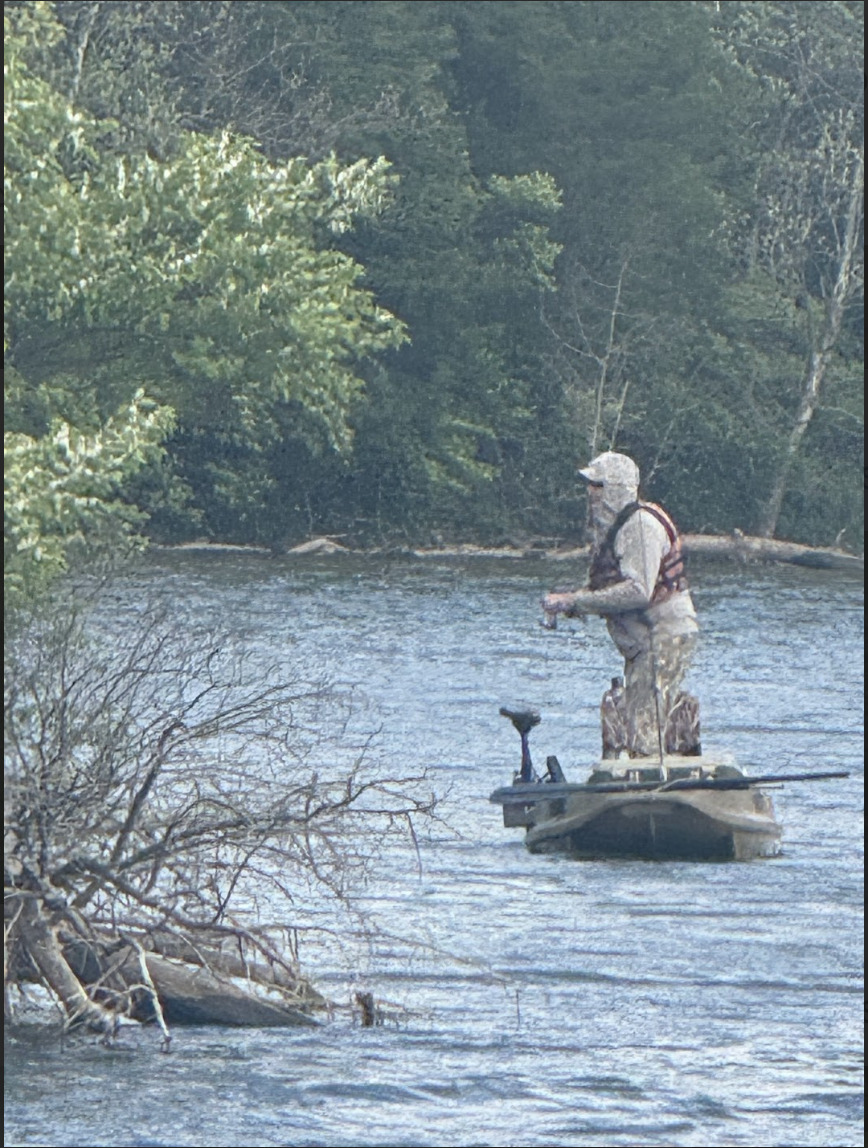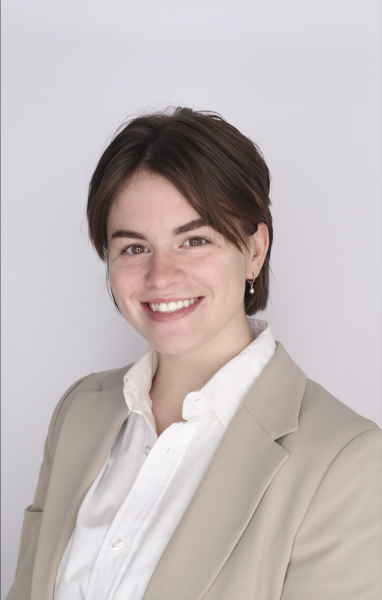Oxford residents will soon be able to find graves lost to history online.
Since last semester, Miami University geography students pursuing a Geographic Information Science (GIS) Certificate have collected information on headstones in the Oxford Cemetery, located on US-27. The students mapped headstones by latitude and longitude and collected data through the cemetery’s historical records and information on headstones.
This semester, the students are working to “make sure that the data and the information on the headstone is typed out correctly in the database,” said the professor for the class, Robbyn Abbitt, Miami University GIS coordinator.
However, a plot of land which was originally used as a cemetery for Oxford’s Black residents is yet to be mapped.
Woodside Cemetery, located on the south side of Chestnut Street between Oak Street and Campus Avenue, was partially mapped by Miami’s GIS program “a long time ago,” but the data was lost, according to Abbitt.
According to Mike Green, grounds maintenance supervisor for the cemeteries, mapping Woodside Cemetery is “a project that has been discussed, it just needs to be worked on a little bit more.”
“Some of [the data] would have to be updated if we were to use any of that,” Green said. “They’re gonna see what has already been done, and then see what they can take and use from that, and then expand on that afterwards.”
Woodside Cemetery was formerly used by Oxford’s Black residents. It has a historical marker in Oxford and is a stop on Oxford’s Black History Tour.
When rolling out the databases and maps to the public, Abbitt said they’re going to wrap Woodside Cemetery into account as well.
Abbitt said the project “has just been a really amazing collaboration between the city and the university,” and will eventually be transferred to the city of Oxford.
Junior public administration and sustainability student Evelyn Morrison said the interactive map and burial database will also track “the quality of headstones, if they were in poor quality and starting to crumble or if there was just maintenance needs.” She continued, “that’s more useful for the public and for Oxford.”
Green said that he expected the database will be available to the public in about a year.
“Once we get it all the way tweaked, I think it’s going to be a great resource for the community,” he said.








